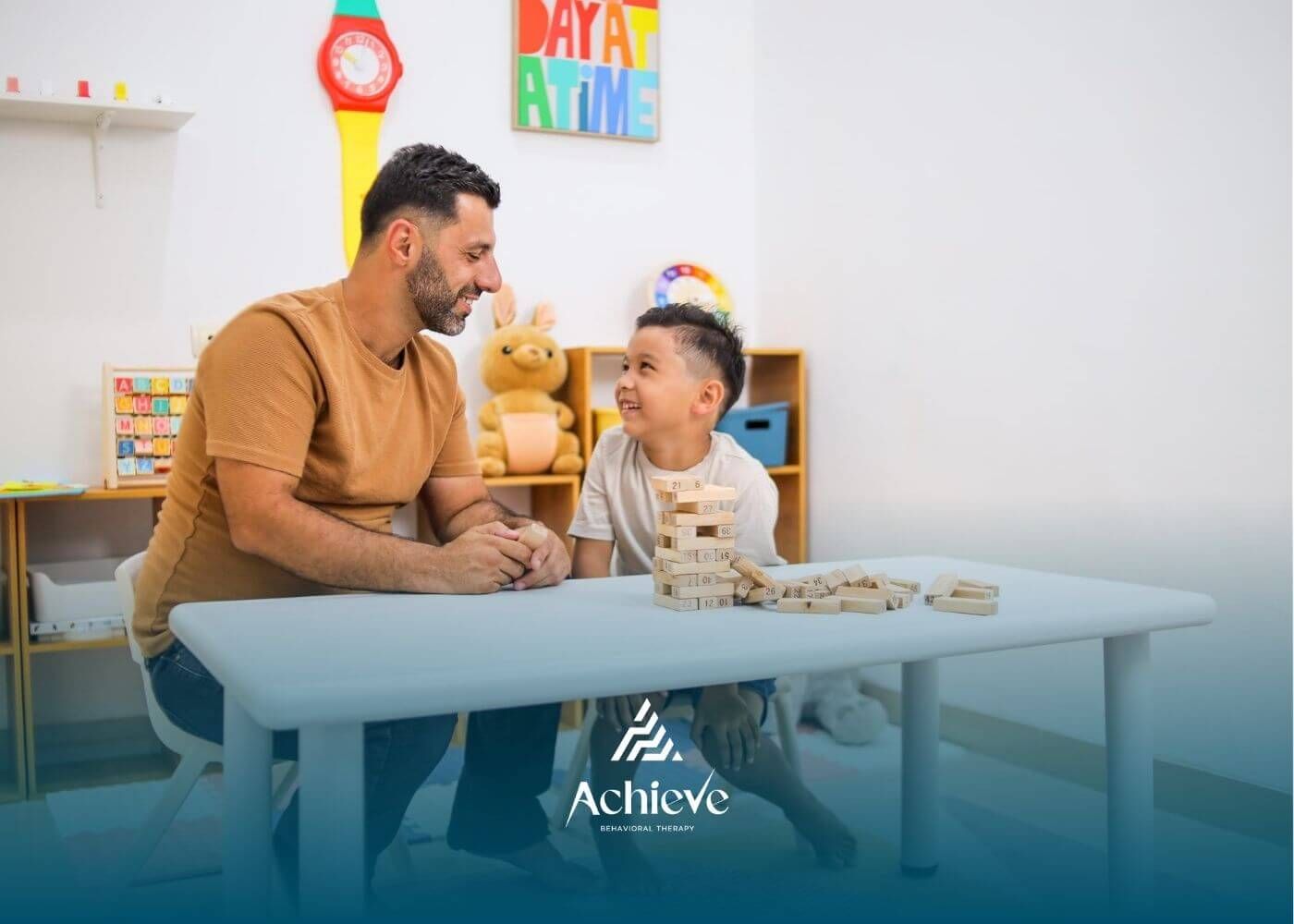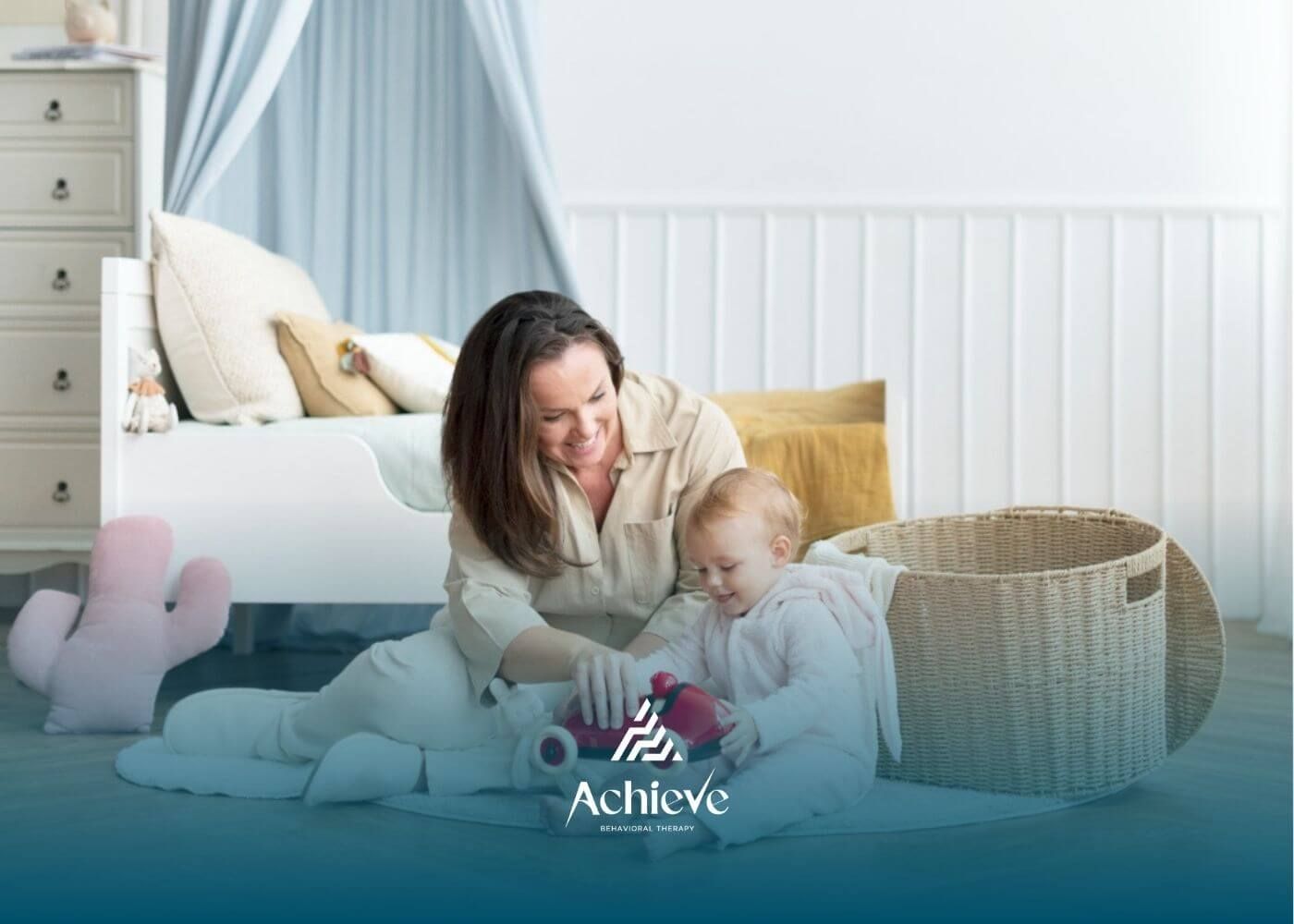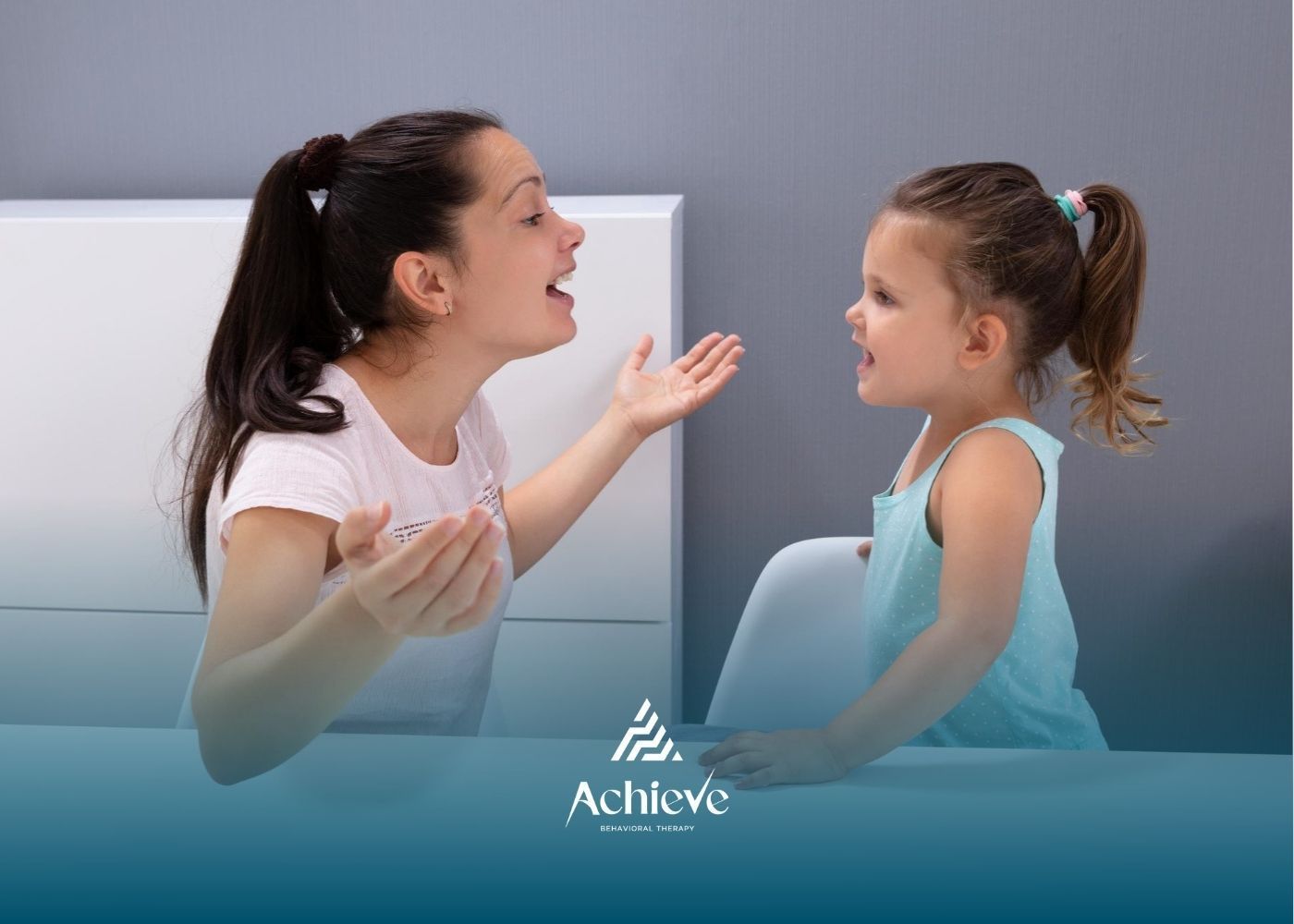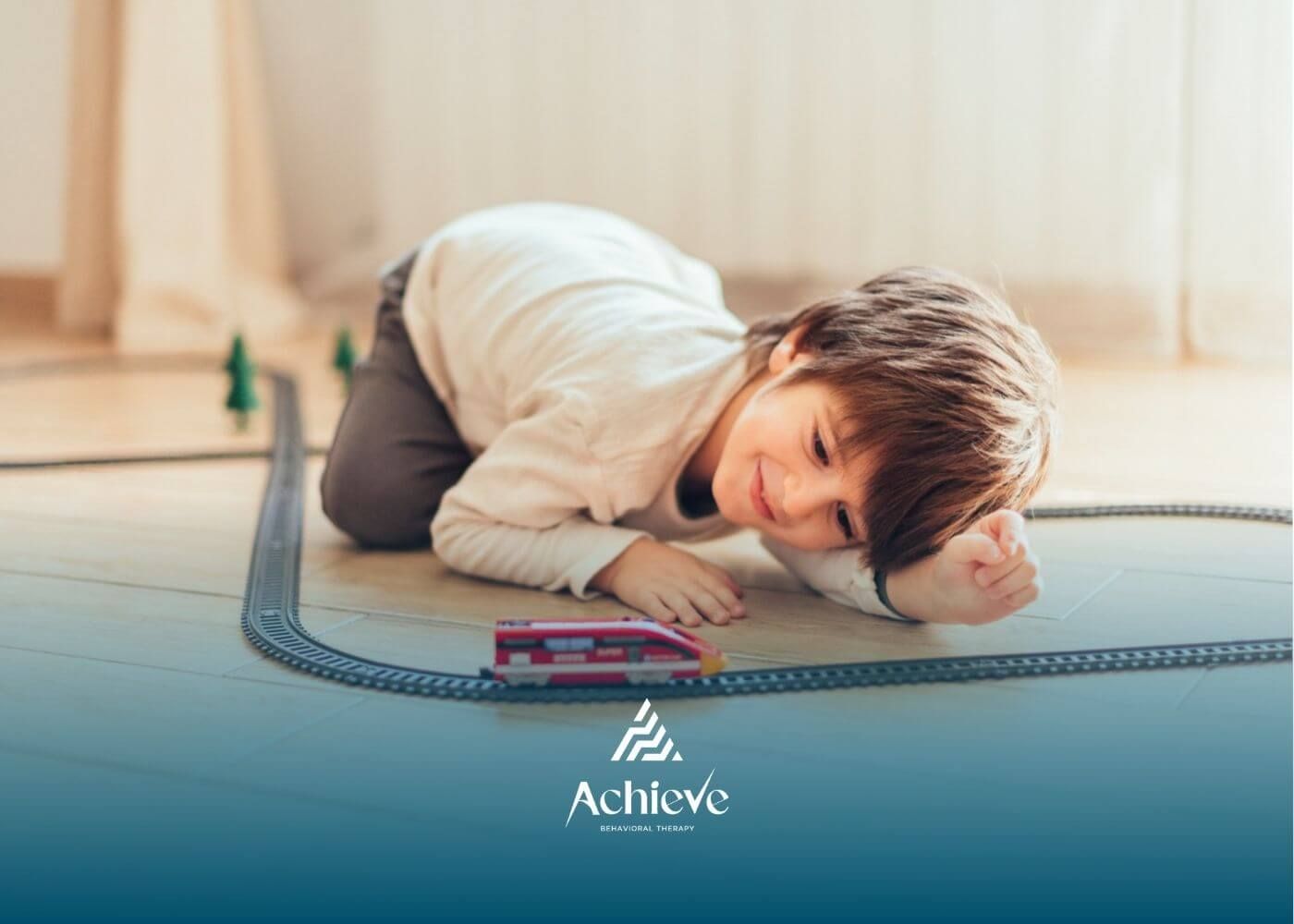What Does Overstimulation Feel Like in Autism?

Everyone gets overwhelmed sometimes — bright lights, loud noises, too many people talking at once. But for many individuals with autism, that feeling can be much more intense. It’s called overstimulation, and it happens when the brain receives more sensory input than it can process comfortably.
Understanding what overstimulation feels like is the first step toward helping your child find calm, comfort, and confidence in daily life.
What Is Overstimulation?
Overstimulation happens when one or more of the senses — sight, sound, touch, taste, or smell — take in too much information at once.
For people with autism, the brain often processes sensory input differently, which can make certain environments feel chaotic or overwhelming even when others find them normal.
Common triggers include:
- Loud or unpredictable noises (sirens, crowds, vacuums)
- Bright lights or flashing screens
- Busy environments like malls or cafeterias
- Uncomfortable clothing textures or tags
- Sudden changes in routine
It’s not about “not liking” something — it’s a neurological reaction. The body’s senses become overloaded, and the person may need time or space to recover.
What Overstimulation Feels Like
Every person’s experience is different, but many describe sensory overload as losing control or being “stuck” in a storm of sensations.
It can feel like:
- Noise that’s too loud to think through
- Lights that feel blinding or painful
- A body that can’t stop moving or feels frozen in place
- Heart racing or trouble breathing
- Frustration, panic, or sudden shutdown
For a child with autism, overstimulation might look like covering their ears, crying, stimming (rocking, hand-flapping), or trying to escape the situation. For older kids or teens, it might look like withdrawal, irritability, or going quiet to cope.
How ABA Therapy Can Help
Applied Behavior Analysis (ABA) therapy can help children recognize triggers, build coping skills, and communicate needs before overwhelm takes over. Therapists work with families to identify what causes sensory stress and use gradual, gentle exposure and reinforcement to make those situations easier to handle.
At Achieve ABA, therapists create calm, supportive environments where kids can learn at their own pace. Our personalized programs are designed to meet each child where they are — using evidence-based strategies that reduce stress and promote confidence.
We offer:
- In-home ABA therapy for comfort and consistency in familiar spaces
- School-based ABA therapy to support learning and focus in the classroom
- Telehealth ABA therapy for convenient, flexible support from home
Achieve ABA proudly supports families across New Jersey and North Carolina.
If overstimulation affects your child’s daily life, you don’t have to face it alone. Contact Achieve ABA today to find compassionate, evidence-based support that helps your child thrive in every environment.
FAQs
What causes overstimulation in autism?
Overstimulation happens when the brain is overwhelmed by too much sensory input — like noise, light, or movement — making it hard to process what’s happening.
How can parents help a child during sensory overload?
Stay calm, reduce noise or light, and offer comfort without pressure. Having a quiet space or favorite calming tool can also help your child self-regulate.
Can ABA therapy help with sensory issues?
Yes. ABA helps children understand their triggers, develop communication skills, and learn coping strategies to manage overstimulation more effectively.
Sources:
- https://www.webmd.com/balance/what-is-sensory-overload-with-anxiety
- https://autismspectrumnews.org/four-faces-of-overstimulation/
- https://www.sciencedirect.com/science/article/pii/S1755599X23001234
- https://www.autismparentingmagazine.com/overstimulation-autism
- https://pmc.ncbi.nlm.nih.gov/articles/PMC9601143/
Need Support?
We're Here to Help!
Our experienced team is ready to assist you. Reach out today to discuss how we can support your child's development and well-being.
Get started with expert ABA therapy today.













